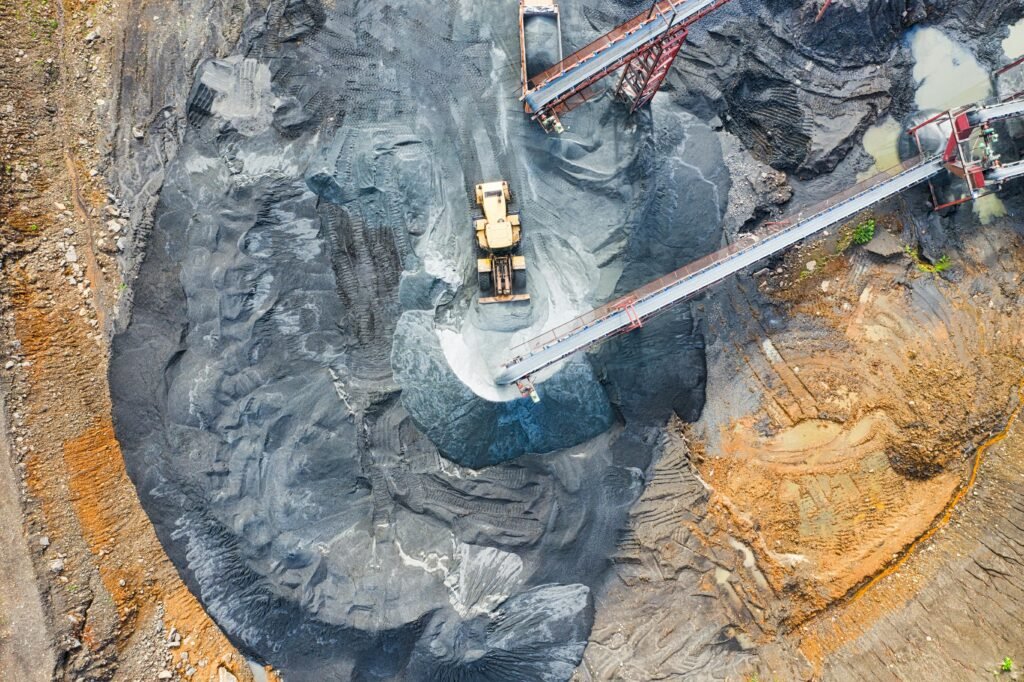
In modern mining operations, precision is everything. One of the most crucial aspects that often determines the success or failure of a project is the optimization of mine maps. This practice goes beyond simply drawing layouts—it’s about strategically planning operations to maximize output, minimize waste, and ensure long-term sustainability.
Common Issues in Mining Without Map Optimization
When mining operations rely on outdated or poorly designed maps, several issues can arise:
a. Overcutting and Undercutting: Inaccurate layouts can lead to excess material removal or missed ore zones.
b. Operational Inefficiencies: Equipment routes may not be optimized, leading to fuel wastage and longer cycle times.
c. Escalating Costs: Poor planning contributes directly to increased production costs and reduced profitability.
What is Mine Map Optimization?
Mine map optimization is the process of creating a detailed and strategic layout of a mining site using advanced software and data analysis. It involves determining:
a. Optimal haul road placements
b. Efficient mining sequences
c. Equipment allocation and deployment strategies
d. Slope design and bench configuration
With digital mapping and modeling, engineers can simulate various scenarios before execution, drastically reducing trial-and-error in the field.
Key Benefits of Optimized Mine Maps
Here are some of the most impactful advantages:
a. Improved Equipment Efficiency
Machines follow the most direct and safest routes, reducing idle time and fuel usage.
b. Reduced Material Loss
By accurately mapping ore bodies and boundaries, companies avoid unnecessary dilution or ore loss.
c. Faster Decision-Making
Real-time data integrated into maps allows quicker adjustments and operational planning.
Real Case:
20% Cost Reduction Through Optimization
A mid-sized open-pit mining company successfully reduced its operating costs by 20% after implementing a digital mapping system and optimizing haul routes and bench design. The company reported:
a. Shorter hauling distances
b. Less rework in excavation
c. Better coordination between drilling, blasting, and hauling units
This example illustrates that even minor improvements in planning can lead to significant savings.
Popular Tools for Mine Map Optimization
Several professional-grade software platforms are commonly used in the industry:
a. Surpac – widely used for geology and mine planning
b. MineScape – great for both open-pit and underground mining designs
c. Vulcan – known for advanced 3D modeling and geological visualization
These tools allow integration of geological data, production targets, and topographical information into a single, dynamic map.
Conclusion
Optimizing mine maps is not just a technical step—it’s a strategic advantage. As mining becomes more data-driven, companies that leverage digital mapping and planning tools are better positioned to operate efficiently, safely, and sustainably.
Need help optimizing your mine site planning? Contact us to learn how digital solutions can transform your operations
